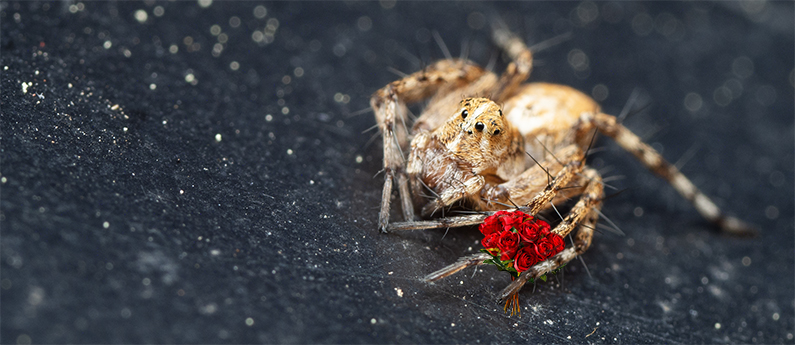Why Are There Suddenly So Many Spiders in My House?
Pumpkin Spice Lattes. Halloween decorations. Spiders everywhere. Unless you’re a card-carrying member of the American Arachnological Society, the third item on that list probably doesn’t fill you with joy. In fact, for many people, the image of hordes of spiders scuttling their way into the house is the stuff of nightmares. Unfortunately for the arachnophobes out there, this is exactly what happens during spider mating season.
The good news: spider mating behavior follows a predictable seasonal pattern. With a little forethought and preparation, it’s possible to keep the autumn spider-boom under control.
Sweater Weather
It’s unclear if spiders choose not to spin their silk into tiny sweaters due to inability or a simple lack of imagination. What is clear, though, is that spiders prefer to hunt for prey in warmer temperatures. As outdoor temperatures begin to cool, spiders start looking for warmer places to spin their web. Their favorite spot just happens to be the inside of your house. That’s why the first step in any effective spider prevention program is to prevent them from getting inside in the first place.
SPIDER PREVENTION TIP #1 – Deny Entry
Seal holes, cracks, and crevices in your home where spiders are likely to enter. Weatherstripping and door sweeps are common access points.
Looking for Love
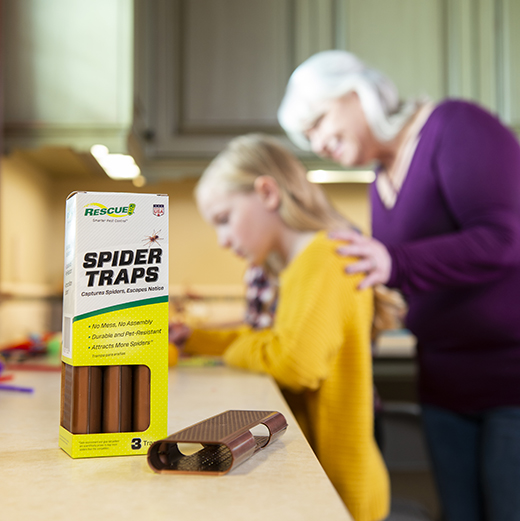 For North American spider species like the hobo spiders, wolf spiders, and sac spiders, mating season begins in the fall. After finding a suitably warm place to hunker down, female spiders tend to stay put. While this happening, male spiders roam around your home, desperately searching for a mate in nooks, crannies, and crevices. Despite (usually) having 8 eyes, most spiders actually have very poor eyesight. Because of this, as they search for a mate, male spiders primarily rely on their sense of touch and smell to find their way around, using the walls and corners of your home like bumpers in a bowling alley.
For North American spider species like the hobo spiders, wolf spiders, and sac spiders, mating season begins in the fall. After finding a suitably warm place to hunker down, female spiders tend to stay put. While this happening, male spiders roam around your home, desperately searching for a mate in nooks, crannies, and crevices. Despite (usually) having 8 eyes, most spiders actually have very poor eyesight. Because of this, as they search for a mate, male spiders primarily rely on their sense of touch and smell to find their way around, using the walls and corners of your home like bumpers in a bowling alley.
SPIDER PREVENTION TIP #2 – Think Like a Spider
Place spider traps along walls, baseboards, cabinet toe-kicks, and other areas where spiders are likely to travel. RESCUE! Spider Traps feature a slim, low-profile design, making them perfect for these kinds of placements.


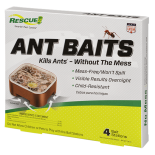 Ant Baits
Ant Baits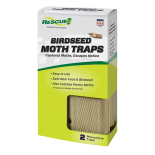 Birdseed Moth Trap
Birdseed Moth Trap Fly Trap Max
Fly Trap Max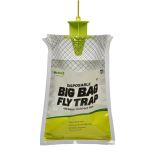 Fly Trap, Big Bag
Fly Trap, Big Bag 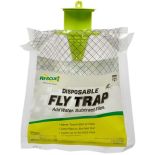 Fly Trap, Disposable
Fly Trap, Disposable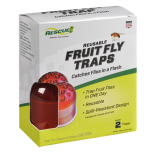 Fly Trap, Fruit Fly
Fly Trap, Fruit Fly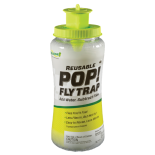 Fly Trap, POP! Fly
Fly Trap, POP! Fly 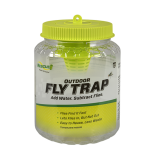 Fly Trap, Reusable
Fly Trap, Reusable FlyPad
FlyPad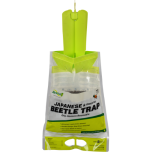 Japanese & Oriental Beetle Trap
Japanese & Oriental Beetle Trap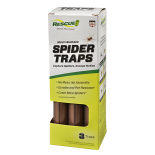 Spider Trap
Spider Trap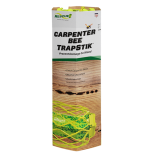 TrapStik, Carpenter Bee
TrapStik, Carpenter Bee TrapStik, Deck & Patio Fly
TrapStik, Deck & Patio Fly 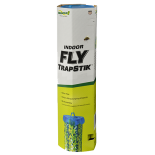 TrapStik, Indoor Fly
TrapStik, Indoor Fly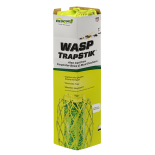 TrapStik, Wasp
TrapStik, Wasp W·H·Y Trap for Wasps, Hornets & Yellowjackets
W·H·Y Trap for Wasps, Hornets & Yellowjackets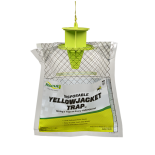 Yellowjacket Trap, Disposable
Yellowjacket Trap, Disposable 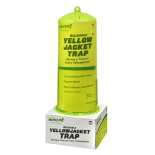 Yellowjacket Trap, Reusable
Yellowjacket Trap, Reusable 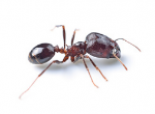 Ants
Ants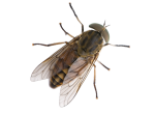 Biting Flies
Biting Flies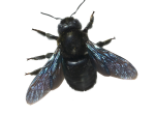 Carpenter Bees
Carpenter Bees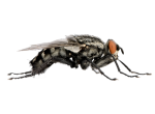 Flies
Flies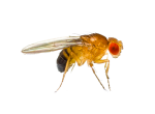 Fruit Flies
Fruit Flies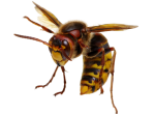 Hornets
Hornets Japanese Beetles
Japanese Beetles Mud Daubers
Mud Daubers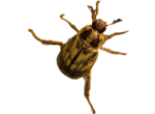 Oriental Beetles
Oriental Beetles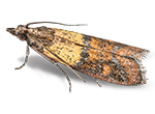 Birdseed & Pantry Moths
Birdseed & Pantry Moths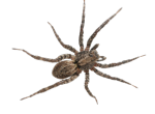 Spiders
Spiders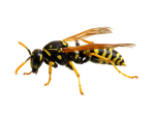 Wasps
Wasps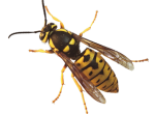 Yellowjackets
Yellowjackets